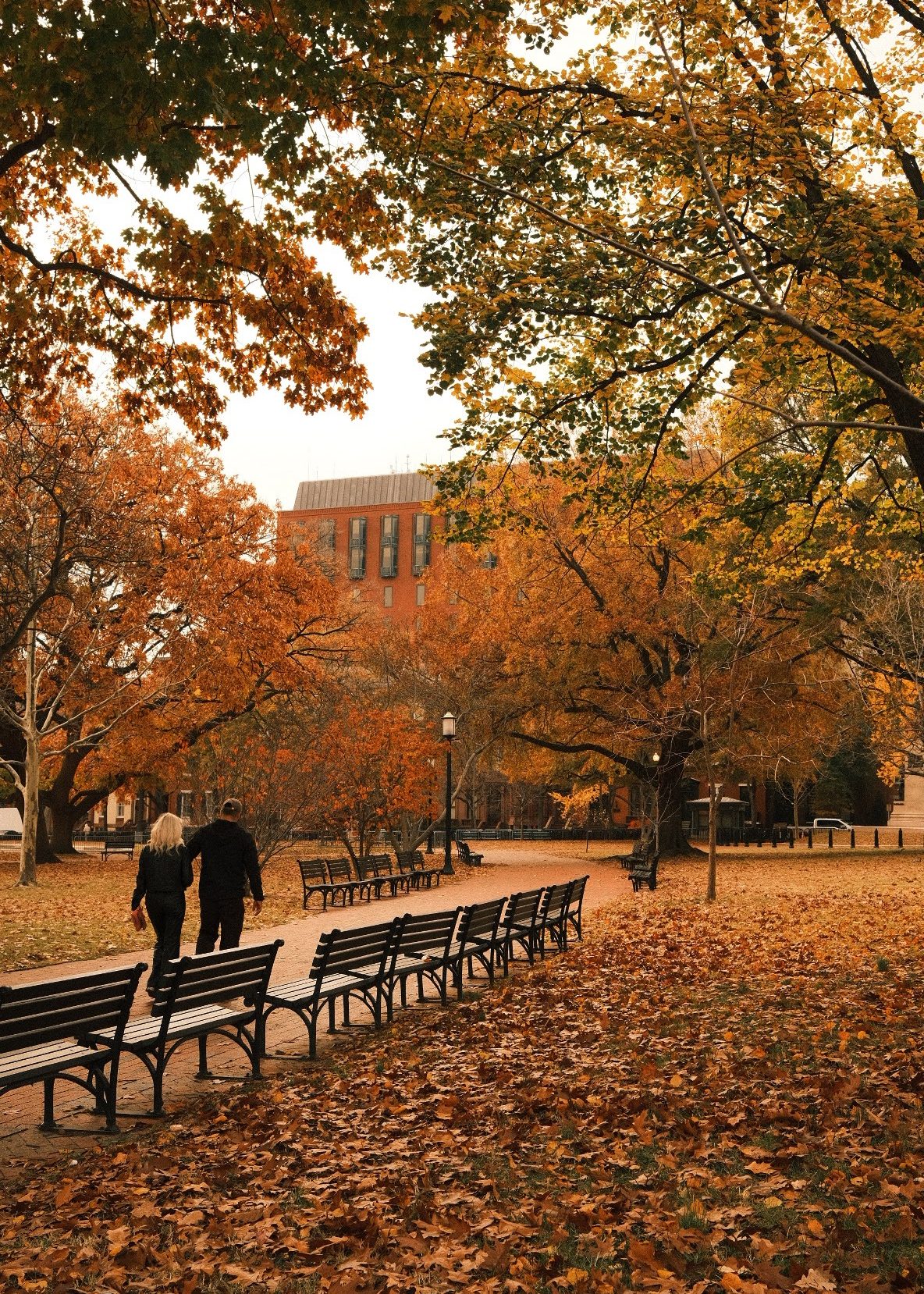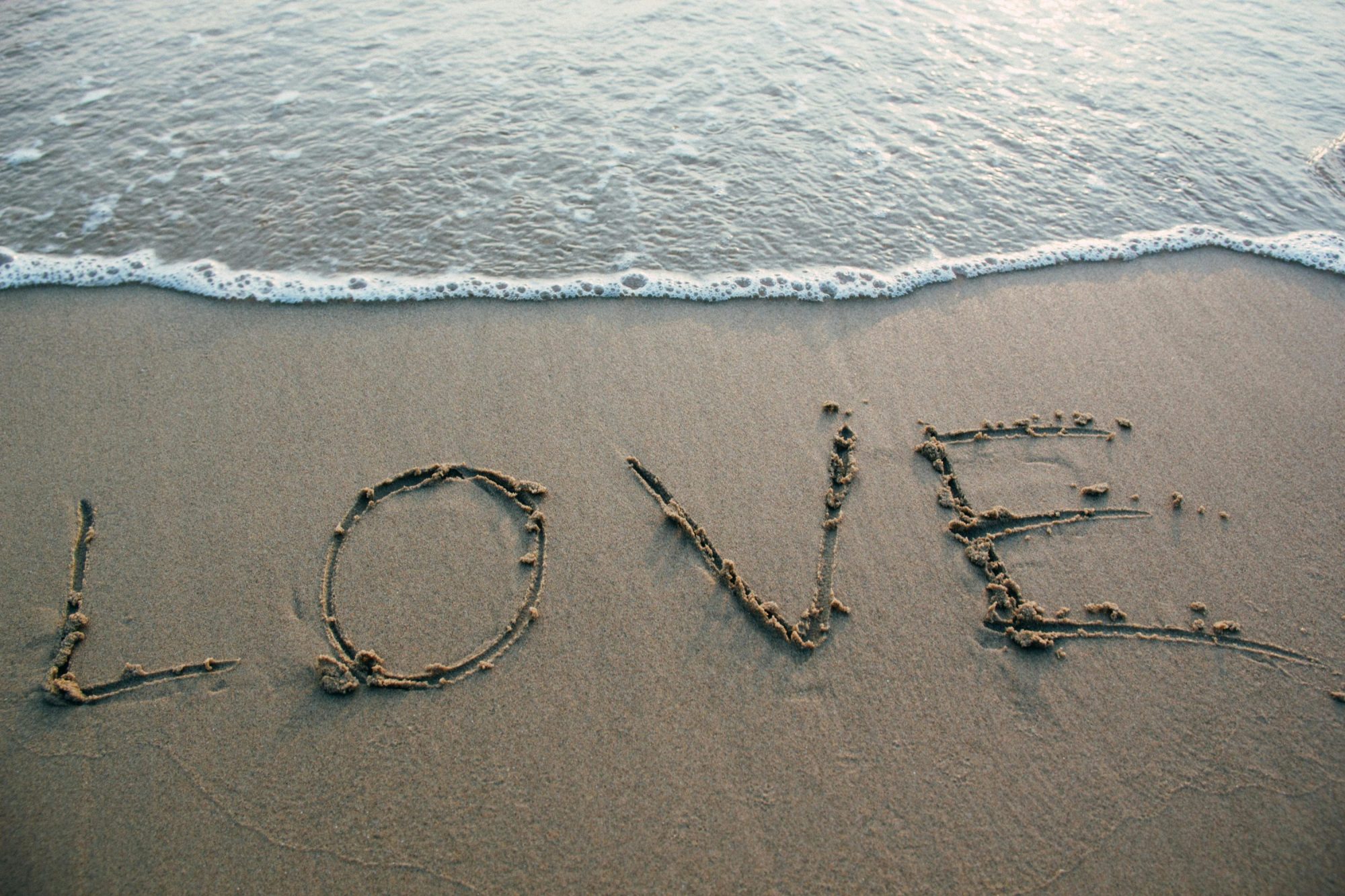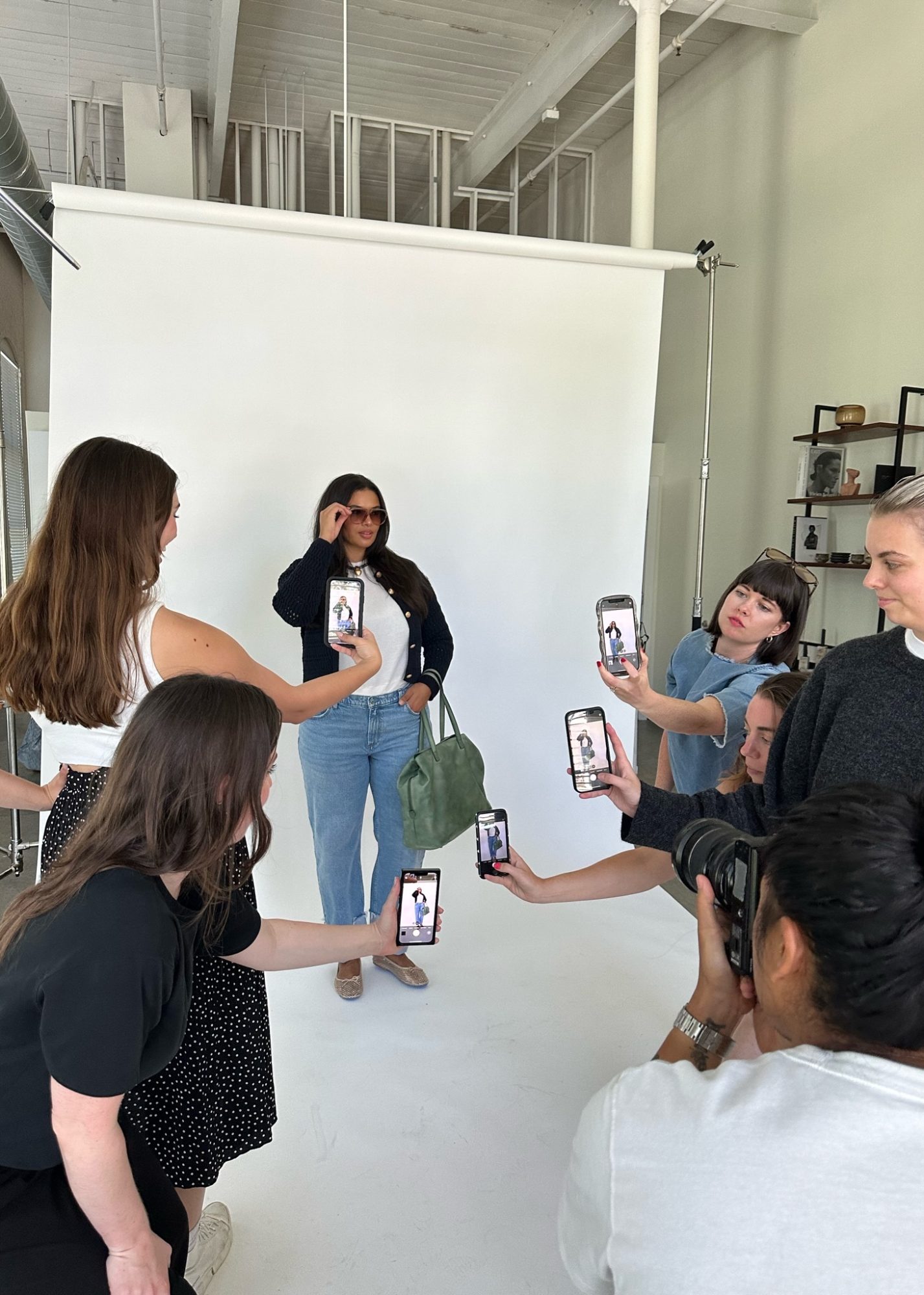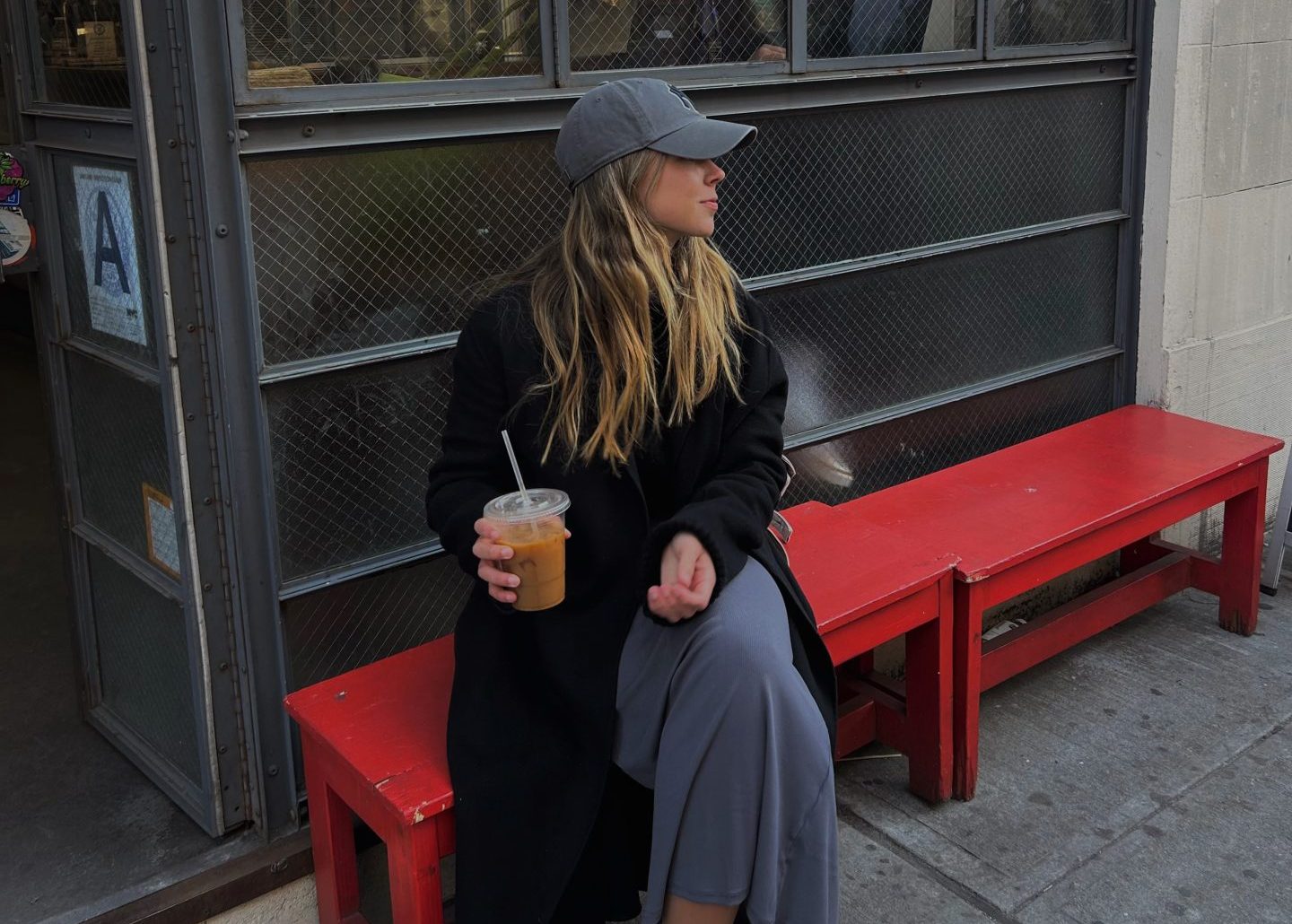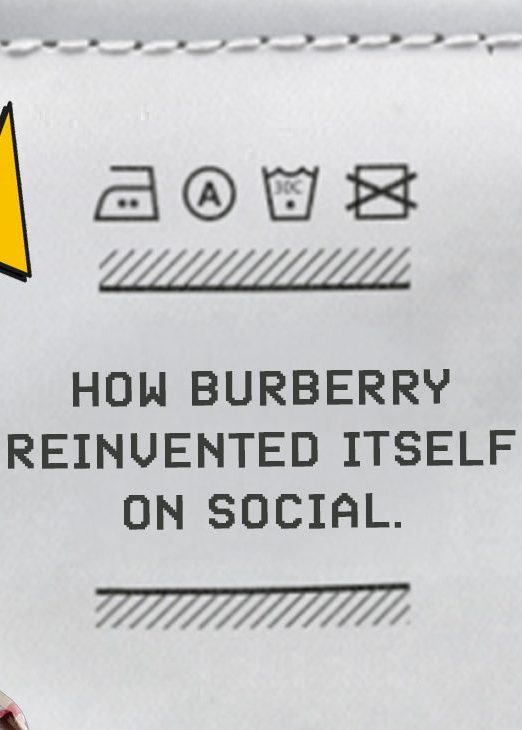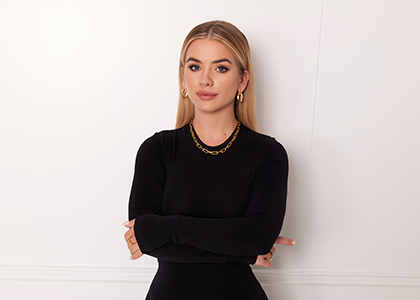February 20, 2025
How Brands Can Activate Around Fashion Season With Fashion Week Influencers and Creators
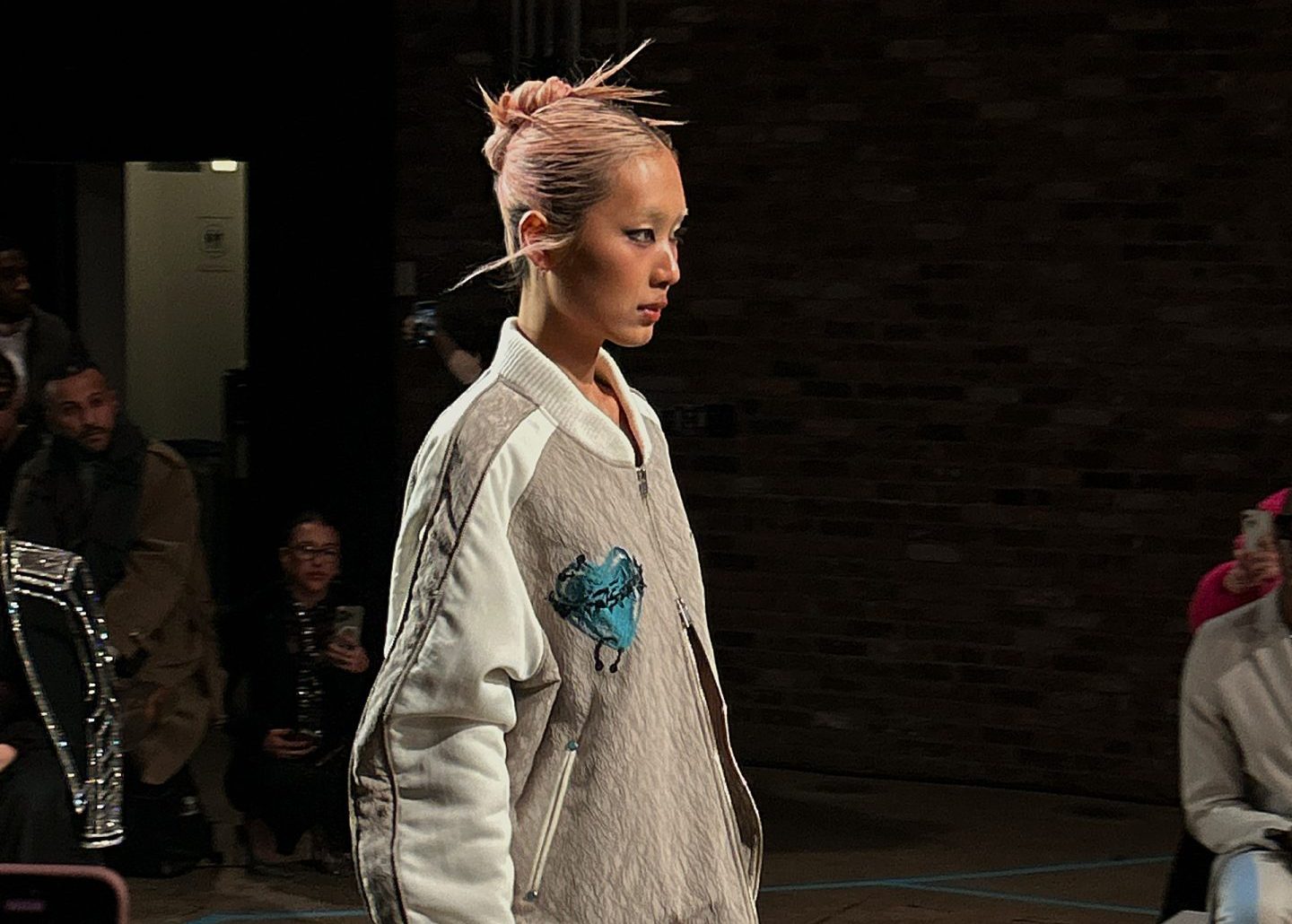
Fashion Week influencers and creators have revolutionised Fashion Week by shifting coverage from traditional media to social platforms. TikTokers, YouTubers, and Instagram influencers now sit in the front row, documenting shows and engaging directly with their audiences in real-time. They provide behind-the-scenes access, offering a more personal, relatable perspective on events and creating viral content that expands a designer’s reach.
Brands are teaming up with influencers to create buzz around new collections, reaching millions of followers with sponsored content that takes over social media feeds. This shift is democratising fashion, making high-fashion moments accessible to everyone, not just the elite. It’s breaking down barriers, increasing inclusivity, and allowing audiences to engage directly with influencers and designers. Social media is also a breeding ground for viral trends that shape the fashion world, pushing for more diverse voices and representation.
Thanks to influencers, Fashion Week has evolved into a dynamic, interactive event that speaks to a broader audience and celebrates a variety of styles and perspectives.
HOW BRANDS CAN LEVERAGE CREATORS AND INFLUENCERS DURING FASHION WEEK
Before
(1/2) Build anticipation using trends and creators
Brands can start creating buzz for Fashion Week content before the shows even kick off — and it’s a brilliant way to build anticipation and stay top of mind. Jacquemus absolutely nailed this in 2025. They took the #HarvardUniversity trend (those hilarious “uni application reveal” videos) and turned it into something fun, partnering with TikTok prankster @Jepitot. But our favorite moment? Their collaboration with the Dancing Security Guard to hype up their Paris show.
Jacquemus knows that luxury marketing doesn’t need to be exclusive or polished—it’s about creating prestige through humor and playfulness. Fashion Weeks have evolved with influencers and social media at the forefront, and Jacquemus is ahead of the curve by streaming live on TikTok, using creator-driven content to generate excitement long before the show.
While other brands might make their show feel like the exclusive “cool kids’ club,” Jacquemus makes theirs the party everyone wants to be at—and your brand can do the same!
(2/2) Work with a mix of fashion and non-fashion influencers
When it comes to working with influencers at Fashion Week, mixing it up with both fashion and non-fashion creators can be a game-changer. It might sound unusual at first, but collaborating with influencers outside your niche often brings surprising benefits.
Fashion Week is all about pushing boundaries and breaking the mold, so why not do that with your partnerships too? By teaming up with influencers from different fields like beauty, lifestyle, fitness, or even tech, you can tap into fresh audiences who wouldn’t normally be exposed to your brand. These creators bring new energy and perspectives, making your content stand out in a way that’s authentic and exciting.
For example, a lifestyle influencer might show how they incorporate fashion into their daily routines, while a tech creator could highlight the innovative side of your designs. It’s all about telling a bigger, more interesting story that goes beyond just clothes.
Non-fashion creators also bring relatability to the table. Their followers trust them because they feel like they’re part of their personal journey, not just an ad campaign. This deeper connection can lead to real excitement about your brand and collections.
At Fashion Week, where creativity is key, why limit yourself to traditional fashion influencers? Collaborating with a diverse group of creators can help you stand out, connect with new audiences, and make your brand even more memorable.

